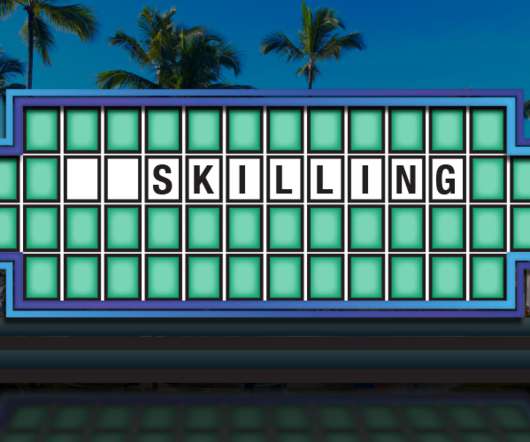Talent Symposium
Workforce Opportunity Services
OCTOBER 29, 2024
In her current role as Educational Services Coordinator with Workforce Opportunity Services (WOS), she assists in the delivery of virtual training programs, coordinates outreach, and has managed participant progress for over 700 learners, and develops user-friendly course content using the Canvas LMS.

















Let's personalize your content